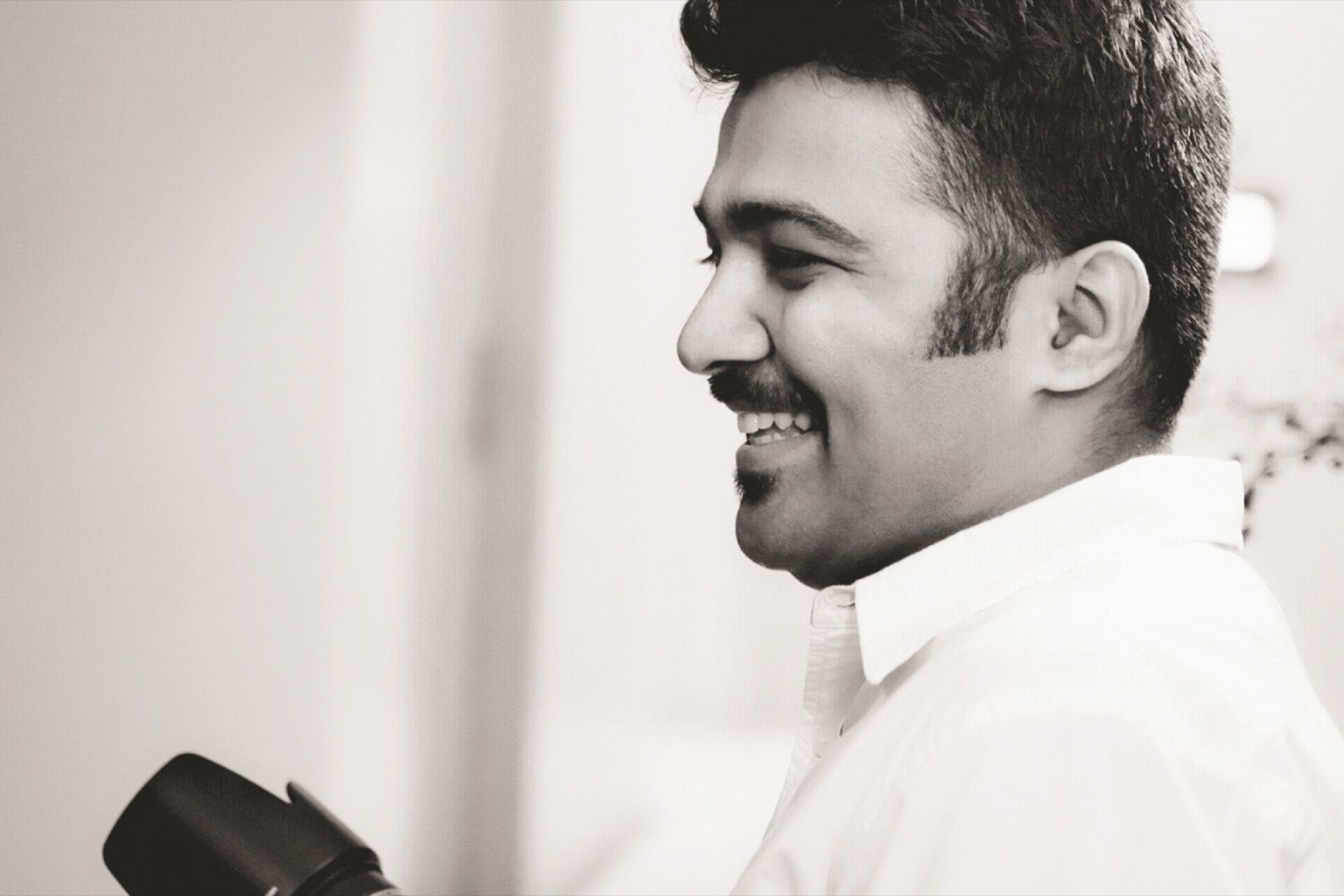Meet Akshay Sathaye, the Sharp 'E-Commerce' Shooter Yes, it is pretty simple. The user has to simply click the picture from the smartphone.
By Sandeep Soni
Opinions expressed by Entrepreneur contributors are their own.
You're reading Entrepreneur India, an international franchise of Entrepreneur Media.

This techie is turning the best DSLR cameras you had, for shooting products for your e commerce startups, obsolete. Often when a good product picture drives the buying decision, investing in getting such hi-quality images can burn a hole in start-ups' pockets. Intelligent product photography is a technology backed by image processing algorithms, and artificial intelligence that turns a smartphone into a professional camera, says Akshay Sathaye, Co founder and the chief geek at Mumbai-based product imaging company, Pictor Imaging.
This sounds like a cake-walk. Isn't it?
Yes, it is pretty simple. The user has to simply click the picture from the smartphone. After this, the artificial intelligence checks for errors in the image like if the background is a blur, any sharp lighting defects, wrong sizing of the product etc. that the user missed on. This requires clicking it again. Once the app approves the picture with no errors, it goes for post production where the images go through a level of automated edit done by image processing algorithms involving machine learning after which professional graphic artists make the final aesthetic changes. Major e-commerce companies in India are using this technology. E-commerce company Flipkart has replaced one of their studios with this. But even after processing, can a smartphone image be of required quality? That's certainly possible. The sad part of investing so much money otherwise and getting great quality pictures is that such high quality is not required in e-commerce. It is downscaled to below 100 kb in size - one-tenth of their original quality so that webpage can load faster. For e.g. Amazon uses 1500*1500 pixel quality picture, Flipkart uses 1100*1400, IndiaMART uses 300*300, etc., whereas a decent smartphone gives 2000*3000 quality pictures.
There must be enormous cost benefits for start-ups?
Absolutely. If we look at what a typical product photography studio needs - real estate of at least 800 square feet, equipment like lights, camera, and editing software like Adobe Photoshop. This can cost between Rs 4-7 lakh. In contrast, a DIY set-up is just a fraction of that cost at Rs 15,000-20,000. This includes a basic camera like Nikon Coolpix along with pay-as-yougo software for editing.
I think typically the cost per image in such a scenario will be around Rs 20. Surprisingly in product photography application, the cost will be as low as Rs 12 per image as there is no pre production cost.
Any particular e-commerce products it is meant for?
If start-ups find in house studios and photographers expensive or those who don't have large product portfolio to sell or have products that are fragile, or need extra care like handicraft or jewelry, which cannot be couriered, and if you don't want to wait for around a month to get images processed, you should opt for this. It processes back the final images in as low as two-four hours.
Are there any specified conditions to take pictures?
The biggest myth for getting quality images is to have a high-end camera. Instead what's most important is first, a brightly lit room or an open area with light equivalent to four tubelights. Make sure you shoot your product placed against a plain white background.
Second, categorize your product between reflectors and non-reflectors. Anything of porcelain, jewelry, steel or glass, etc., is a reflector, rest all are non-reflectors. So while shooting reflectors make sure that there are no unwanted things visible in the picture. Third, make sure you shoot as per the shooting angles prescribed by the website. Fourth, check for having a minimum perspective error while shooting. Fifth, make sure the picture is not shaky because non-professionals might not have a very steady hand.
(This article was first published in the January issue of Entrepreneur Magazine. To subscribe, click here)












